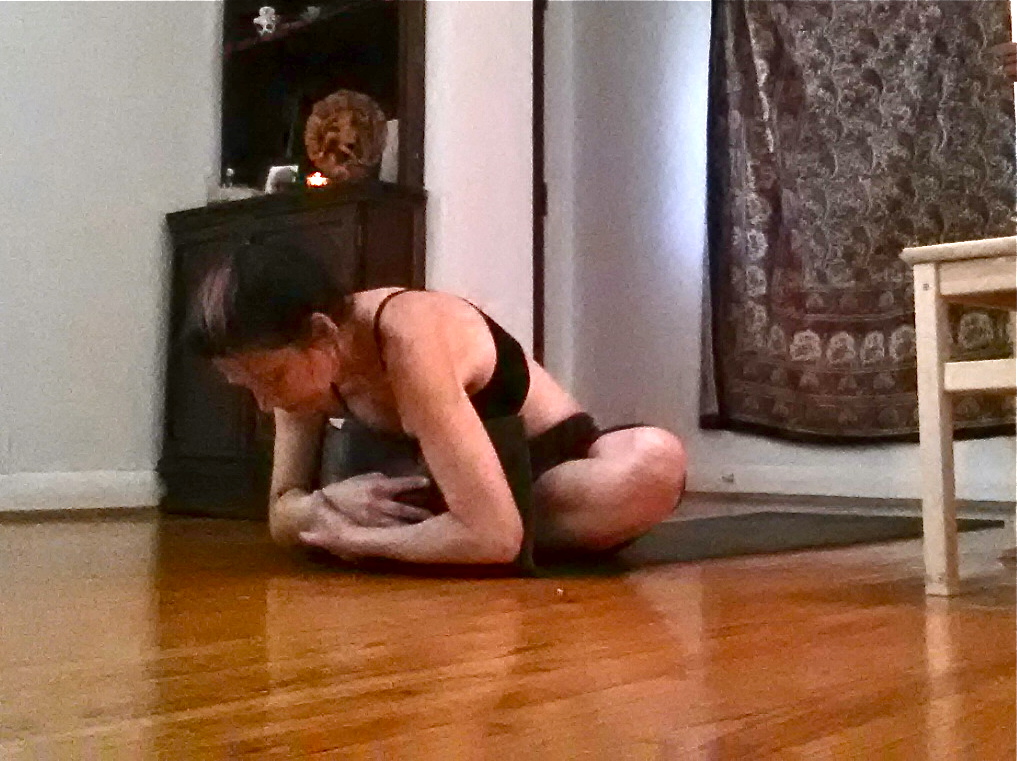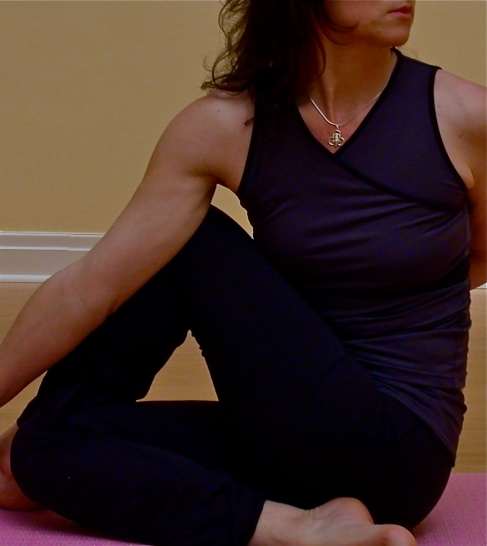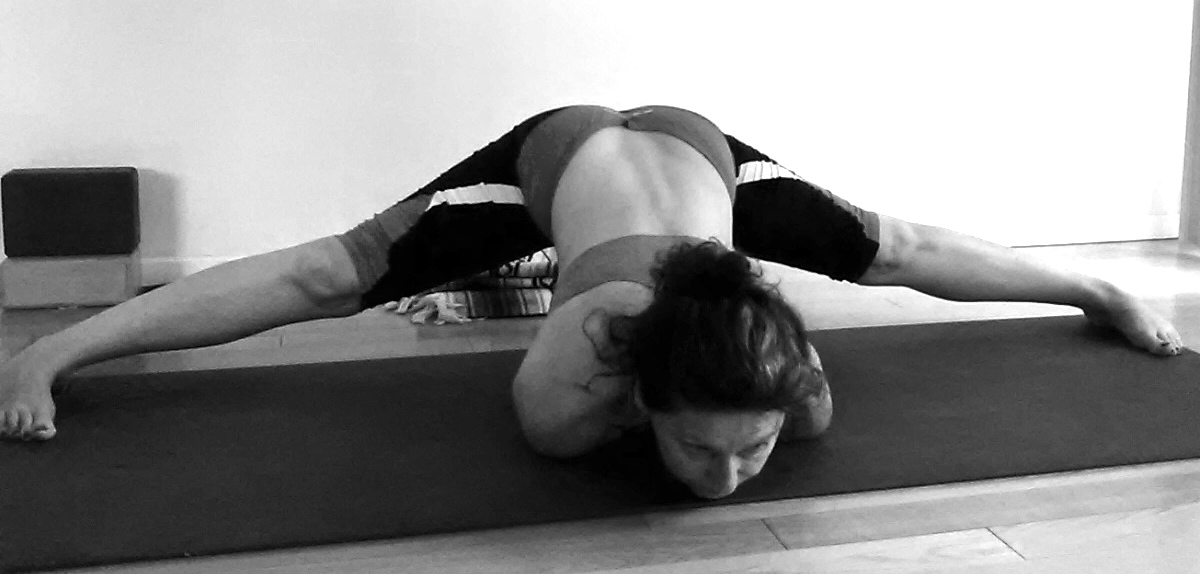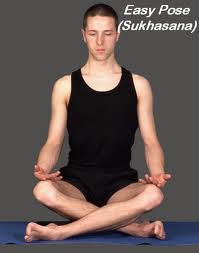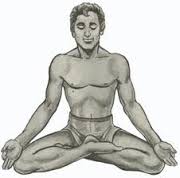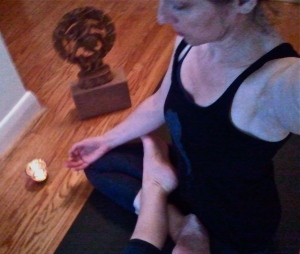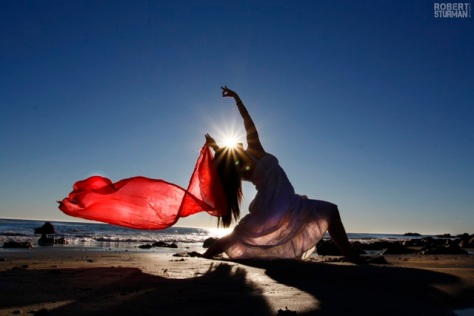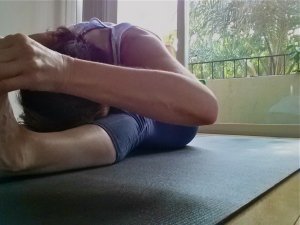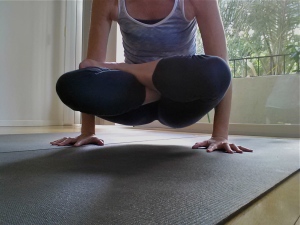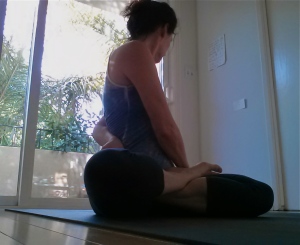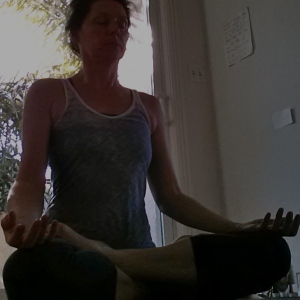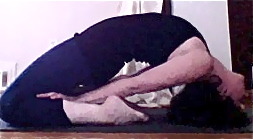It is difficult these days to teach and discuss 'traditional' yoga - like Ashtanga, Iyengar, etc...because of this notion that only if you feel happy, elated, and bolstered, empowered during your yoga class are you doing something worthwhile. The whole idea that if you're not feeling that way, then you are somehow still "burdened by the pressures of everyday life" as one yoga (Anusara) teacher put it; that by virtue of the style of yoga that is perhaps more difficult during class somehow does not let you "rediscover that belief in infinite possibility" (as another teacher put it). I say - Bullshit.
I have always said that Anusara and the like have usurped the heart out of the other practices, and as a heart-felt, sincere, mindful practitioner and teacher, I do not appreciate it.
The Heart is in ALL Traditions of Yoga Practice (including Asana, Meditation, Satsang, etc.)
I am so tired of how Anusara and all its clones take away the joy that is inherent in the practice of yoga postures in all its traditions - even if it is not "playtime" in an Ashtanga class. It is so apparent that these teachers have abandoned the traditional yogas for the sake of appeasing their own egos. Truly, we are not kids any more and that notion that we must somehow get back to that, is a fallacy. It's steering those people who want to deepen and give birth to their true selves in the wrong direction. As 'adults' we know too much to become children again. And yes, we have a lot more responsibilities to actually be able to act like one and get away with it. But through the difficulties of life, we have a choice to make - either we hide behind the tricks of the ego acting like we are spirit which only accepts 'goofing off' as a way to be 'happy'. Or we can accept ourselves and others in cultivating a no-nonsense, present centered consciousness which sees things for what they are and in that find the burden of the pressures of everyday life lifting in the face of the truth. That is freedom. In becoming unburdened this way, we find true freedom, with that we are 'happy'.
The Way to Happiness
Unburdening yourself of the constraints of an ego that can't face 'ordinary', sometimes boring moments is the work of true yoga and is made accessible by embracing all aspects of yoga not only asana. Meditation, reading thoughtful spiritual books (not only the Power of Now. C'mon!), going to a really good therapist that recognizes Spirit as a part of our worldly experience, etc., all help to open you up to those 'infinite possibilities' beyond the pacification and gratification of our ego-ic nature.
What is really scary and really exciting about it all is that it takes years! Not months. Really, the work to unravel you; what you've built up over the years to protect you: your defenses, your opinions, your preferences all must dissolve to make all of this work and it's quite a journey. You don't entirely get rid of the ego (see my other writings). You need your ego to survive. So the first real step is to cultivate awareness. How you do that by convincing yourself that there is nothing you need to work on, is beyond me. Somehow though, it is thought that if you admit you have things to work on, you are admitting to being irreversibly flawed. That there is something 'wrong' with you. That you are unworthy of love and attention because you are not perfect. That, my friends, is the first thing to work on. It is not awful to admit to yourself that "I can be a real bitch/bastard sometimes". It is actually pretty freeing. And it's scary at the same time. Still, just because you grow to accept that about yourself doesn't mean you go around being one. Go toward the fear, the dislikes, the repulsions. See what they can teach you.
We Are All Perfect In Our Imperfection
There are many aspects of ourselves we don't know and won't know if the idea of admitting to our flaws repulses us. So the next step is acceptance of yourself. Can you accept that you are not perfect? And that Perfection IS in the acceptance of all that is you! When you accept that can you accept that people aren't perfect. That means everyone. If you can open your heart to that then you are well on your way.
Surround yourself with those who know that it is not readily accessible in just a few months. When you are with others who know, then when your ego flares up because it is fighting for its life, those around will show you the way to go deeper. Trust them even if what they say 'hurts' you or 'insults' you - that's a good way to tell your ego has a hold of you.
The Playground That Is Yoga
There's nothing wrong with being playful. In fact, all of this is play in one way or another. The key is to pair your asana practice with counseling, reading and meditation. Ask questions and accept guidance. Be wary of those who tell you to ignore or forget about the dark and move only into the light. Be wary of classes which only stress to appease your tendency to look for distractions and your ego-ic nature's incessant whining. And as well, be wary of those who say yoga is about being stern. Even the most disciplined class of Ashtanga, practiced with an open heart can be light-hearted and very loving.
The wonder of it all is that when you do this then there is joy. When you can stay focussed and present in the most difficult, challenging posture (for you) or situation, there is elation. When you can accept guidance and assistance without expressing arrogance, there is love. When you can look at yourself without criticism, there is peace. Let YOGA teach you this. Then life will be so much fun!
This was inspired by this blog post: http://yogaspy.com/2011/07/22/hooping-and-the-hybridization-of-yoga-in-america/#comment-4309



